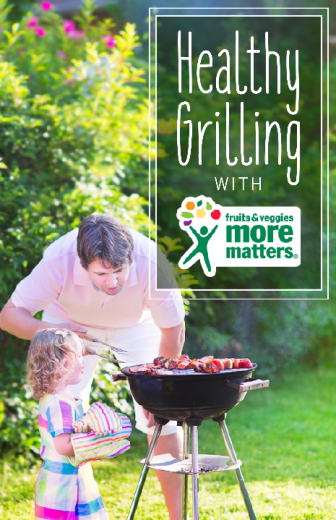 July is grilling month! Many people are capitalizing on the warm weather to fire up their grills to spend family time outdoors. Before you grill, take a look at the steps below to ensure your family’s grilling will lead to a happy and nutritious experience!
July is grilling month! Many people are capitalizing on the warm weather to fire up their grills to spend family time outdoors. Before you grill, take a look at the steps below to ensure your family’s grilling will lead to a happy and nutritious experience!
- Always wash your hands with soap and water for 20 seconds before handling food.
- Keep separate utensils, cutting boards, knives, etc. for raw meats and ready to eat foods such as vegetables and fruits that you will not cook.
- Never serve grilled food on the same unwashed platter that held raw meat. If you want to use the same platter, wash the platter thoroughly with soap and water before reusing.
- Never thaw meat at room temperature. Visit “The Big Thaw” for safe defrosting methods.
- Always use a food thermometer to ensure food has reached a safe internal temperature. Cook poultry (whole or ground) to 165 F. Cook beef, pork, lamb and veal steaks, chops and roasts to 145 F. For safety and quality, allow meat to rest for at least three minutes before carving or consuming. Cook ground beef, pork, lamb and veal to 160 F. Cook fish to 145 F.
- Don’t forget that vegetables are delicious grilled! Large vegetables such as corn on the cob can be placed directly on the grill. Wrap chopped vegetables such as squash and onions, asparagus, and potatoes in aluminum foil before grilling.


